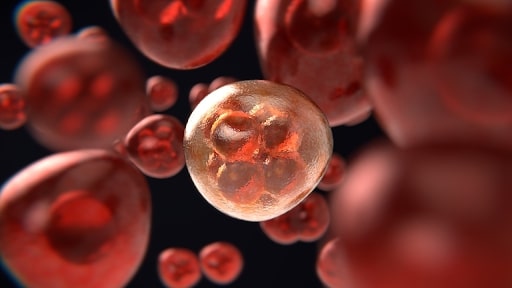New and striking developments in the field of cancer detection have brought in liquid biopsies. These tests are a break-through to how we figure out and treat cancer.
So, here in this short blog post, we’ll let you take a deep dive into the world of liquid biopsies, talking about the procedure and the personalized treatment choices they provide.
Furthermore, our experts will even discuss certain procedures and expectations of this testing method. Now, without further ado, let binge on to the blog post.
What are Liquid Biopsies for Cancer?
Liquid biopsy is an effective method to find and keep an eye on different kinds of cancer in the area of oncology.
Instead of taking tissue samples like standard biopsies do, liquid biopsies look at body fluids, usually blood, to find genetic changes, proteins, and various other biomarkers that are linked to cancer.
In recent years, this method has become more popular because it is easy and can give helpful details about the patient’s cancer state.
The Procedure Details and Expectations of Liquid Biopsies
In this section, our experts have explained in detail the entire procedures and expectations of Liquid Biopsies. To get a proper idea about this, make sure to read on till the very end of this section.
The Process Details:
- The first step in the process is to grab a proper blood sample. A doctor or mostly a nurse will take a pretty small amount of blood from a vein of the hand.
- The blood sample is then taken to a lab to be perfectly processed. Cellular parts of blood are removed from the serum or plasma, which are mostly liquid parts of blood, in the lab.
- Now, the liquid part is then looked at for certain signs related to cancer. Some possible examples are ctDNA (circulating tumor DNA), proteins linked to cancer, CTCs (circulating tumor cells). When all these biomarkers are present, they tell us a lot about the presence and type of cancer.
- However, in ctDNA research, genetic sequencing is mainly used to figure out certain changes or even mutations in the DNA that are actually linked to the cancer. This genetic info is very essential for figuring out the overall cancer type.
- Once all the previous processes are done, the test results are then interpreted by oncologists and doctors. They use the genetic info and the biomarkers that have been found to figure out if there’s cancer, if so what stage it is at, and the best treatments available for the patient.
Expectations
Now, here are a few things that you can possibly expect from Liquid Biopsies.
- Liquid biopsies are the cherry on top when it comes to finding cancer early, astoundingly often before any cancer signs. And the best part is, when this actually happens early, it can aid doctors to conduct better treatment results.
- Liquid biopsies are considered the best when it comes to keeping track of the overall state and growth of cancer. Plus, it aids in figuring out the results of the treatment. Now, this can let treatment plans be changed quickly if they need to be.
- Oncologists can make these treatment plans that are specific to each patient’s cancer variations by using genetic data from liquid biopsies. This overall customization makes it more likely that the treatment will work.
- Liquid biopsies are less invasive than traditional tissue samples, which usually require surgery or other invasive methods to be done. Due to this, they come with fewer risks and problems for people.
- Indeed liquid biopsies come with tens of benefits, but they aren’t always an ideal alternative to tissue samples. Therefore, just by taking tissue samples, doctors can get a more complete picture of what cancer is like.
- Well, the results from liquid biopsies might not always be a 100%, and there’s always a chance of getting either a false response. Due to this, they are often used with other testing methods to make them more reliable and accurate.
Bottom Line
After skimming through the end of the blog, we certainly think you should’ve got all the required ideas about liquid biopsies and the expectations you can get. Without question, liquid biopsies are a striking breakthrough in the world of medical science. And with more innovations and ideas being generated, very soon advanced cancer tests and treatments will emerge.

